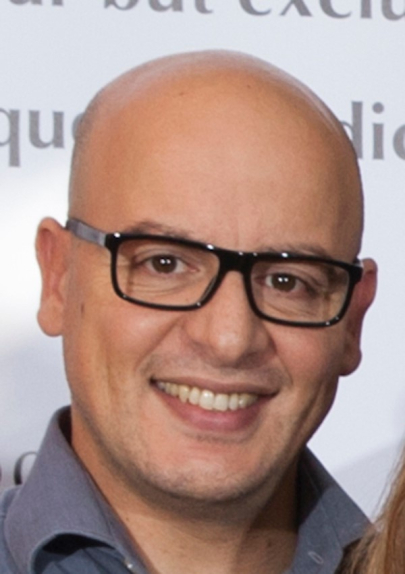Adlen FoudiModèles de cellules souches malignes et thérapeutiques à l'Institut André Lwoff - Inserm / Universités Paris Sud et Paris Saclay
Mes recherches
Combining cellular, molecular and mouse genetics our projects aim to interrogate the underlying mechanisms that govern stem cell quiescence in normal and malignant hematopoiesis. I trained as an experimental hematologist during my graduate studies (2000-2006) in William Vainchenker’s Inserm laboratory at the Gustave Roussy Institute under the supervision of Fawzia Louache. After my PhD, I moved to Hanno Hock’s laboratory at the Massachusetts General Hospital Cancer Center and Center for Regenerative Medicine at the Harvard University. During that time, I studied the transcriptional control of hematopoietic stem cells by the Gfi-1 family of proteins. After my postdoctoral training, I have been appointed to the « CR1 » Inserm senior scientist position and been awarded the ATIP-Avenir young investigator program in 2015. Thanks to Plan Cancer starting grant, I was able to establish my own research team at the André Lwoff Institute in Villejuif within the UMR 935 directed by Annelise Bennaceur-Griscelli.
Mon projet ATIP-Avenir
DOLEUSTEMO: Characterization of Dormant Leukemic Stem Cells In Novel In Vivo Models
Long-term dormancy is a poorly understood characteristic of adult stem cells, yet is absolutely essential to preserve their life-long functions. This notion was first translated to cancer stem cells in human chronic myeloid leukemia (CML) caused by BCR‑ABL1, a constitutively active fusion tyrosine kinase that is generated from the Philadelphia chromosome (Ph), the result of the translocation t(9;22)(q34;q11). Deciphering the mechanisms operative in dormant leukemic stem cells (LSCs) is key to understanding the development of relapses and disease progression. Notably, despite major progress obtained in the last decade with the use of targeted therapies, the most primitive dormant Ph+ LSCs cannot be eradicated by tyrosine kinase inhibitors (TKI), leading to relapses upon discontinuation of the treatment. The characteristics of these rare, quiescent LSCs remain largely elusive as well as the mechanisms leading to their survival owing to either intrinsic or extrinsic (niche) signals. We now propose to engineer the first compound transgenic mouse model of leukemia in which both the division-history and leukemic status of cancer stem cells can be controlled by creating a doxycycline-inducible BCR-ABL1 transgenic mouse that we will then cross with a doxycycline-controlled Histone 2B-GFP mouse. This unique tool will be used to define and mathematically model the effects of different levels of expression of BCR-ABL1 on the in situ control of the cell cycle and circadian clock of LSCs, as well as their regenerative fitness, leukemogenic potential and niche interactions in transplant recipients. This model will also enable us to analyze the impact of varying periods of dormancy and silencing of BCR-ABL1 expression in LSCs and determine the influence of oncogene expression and activity in relapses and disease progression. Altogether, these studies will help us uncover dormancy-breaking signals that will eventually lead to new therapeutic avenues to cure CML and other types of cancer that use a cadre of dormant stem cell reservoirs.
